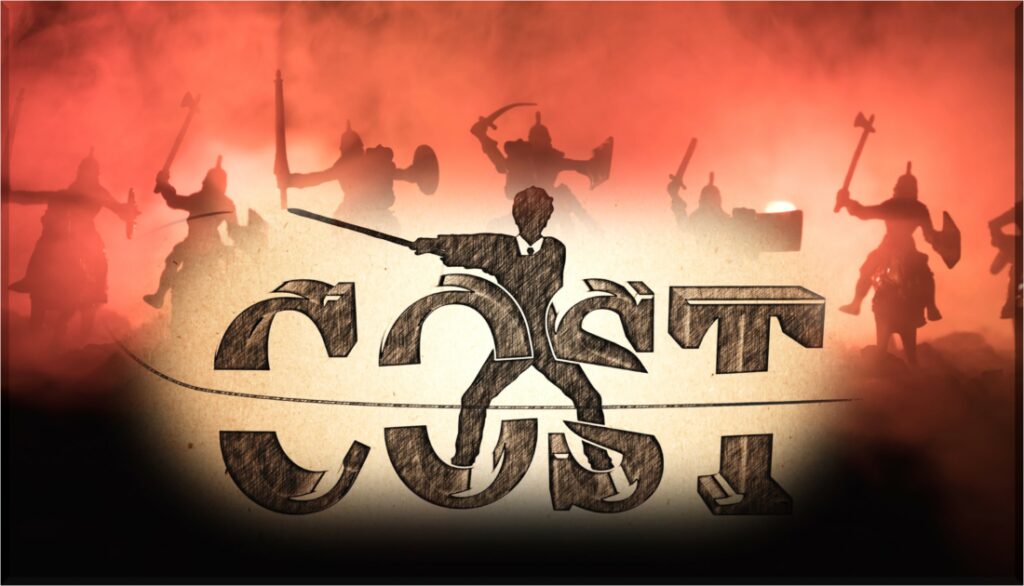
How to sell translations in crises
Marketing and Sales
Translation is one of the first costs many companies like to cut in times of crisis, economic downturns, and disruptive technologies like artificial intelligence. Except for a small group of companies that know full well that they can reach buyers in multiple markets more effectively with translation than with any other approach.
Disruptive technologies, recessions, political turmoil and major depressions are nothing new. Crises have always existed and will certainly exist again, as the following figure shows, at least in the last 70 years.
Source: NBER
The question, then, is how to effectively target the “translation cutters,” the companies that cut translation costs in times of crisis. The answer is a reformulated sales and marketing communications strategy. You simply can’t use the same language in your sales and marketing as before, because the translation cutters don’t want to listen. They may even be allergic to the word “translation” because that’s one of the first costs they want to cut. Such companies may even have completely different strategies and approaches than they did before the crisis.
Crisis buyer persona
This means that it would be advisable to create a “Crisis Buyer Persona”. A target company that has a completely different mindset than before the crisis. And think about how to explain translation services differently. What phrases could you use to explain the translation process without immediately using the word translation? Something along the lines of “linguistic growth enablers”, “foreign market conquering tool” and the like.
The mindset of target companies can be divided into three groups: cave dwellers, cost cutters, and periscope users. Let’s analyze the three mindsets to see how to approach them successfully.
Cave dwellers
Cave dwellers are companies that get the most scared and hide in the cave during a crisis. They typically exclude all services that are unlikely to be needed during a crisis, such as translation, marketing, team building, training, coaching, etc. However, they don’t realize that if they wait for better times, they’ll not be competitive because things will change. And others will take advantage of the crisis. Certainly, they aren’t entirely wrong in choosing the strategy of waiting. Sometimes it’s good for a while if you use it wisely and keep an eye on the long-term effects.
So how can you address them? First, you should speak their language by pointing out the wait-and-see strategy and its negative impact. Then you can position your translation as one of the solutions that will help overcome the crisis. Moreover, translation is an effective way to strengthen the company’s positioning in the market, as competitors may sell even more during the crisis.
Cost cutters
Cost cutters are companies that like to cut costs to maintain profitability during a crisis. This is also a legitimate and relatively simple strategy. But only in the short term because they tend to overdo it with cutting and trimming. In most cases, they not only cut costs, but also their future revenues.
Such companies can be reminded by translation service providers that not all costs are bad and that there are some good costs and best costs like translation. Remind them of the consequences they’ll face if a translation is considered a bad cost. And, of course, of all the benefits of your translation, in case they have forgotten them. Then have them weigh the costs and benefits.
Periscope users
Periscope users are forward-thinking organizations that have a more complete picture of the entire situation and can anticipate the consequences of a crisis. They’re also aware of the costs, but they focus primarily on what is useful now or later.
Since such companies focus on benefits, you should explain how your translation is useful and how it’ll future-proof them.
Standard buyer persona
Don’t forget to keep in mind how you create a profile of ideal B2B clients, but in tough times apply the three mindsets explained previously: cave dwellers, cost cutters and periscope users.
Basic information to check about the target company first to make sure you’re in the right waters:
1. Target company industry
2. Their target markets
3. Revenue
4. Number of employees
And then answer the key questions to understand their intent for translation services:
♦ Why do they need translation services?
♦ Why can’t or won’t they do it themselves?
♦ What is the purpose of their translation?
♦ Who has been their translation service provider?
♦ What are their pains and fears regarding translation?
Flexibility is key
And of course, the key is flexibility and seeing crises as opportunities, not threats. A change in mindset because all results start in our heads. Or we don’t have results because we cling to a certain inefficient mindset. Maybe it would be a good idea to ask yourself the three key questions:
1 What can I learn about myself and my business under these circumstances?
2 What can I do now to prepare for the future?
3 What can I do differently and uniquely?
If you want to learn more about how to use your marketing to sell more translation services, visit our Academy workshop Fortify your marketing.
What is also unique about this workshop is that is almost like a one-on-one coaching session, as the number of participants is limited to ten and your current situation is analyzed.










